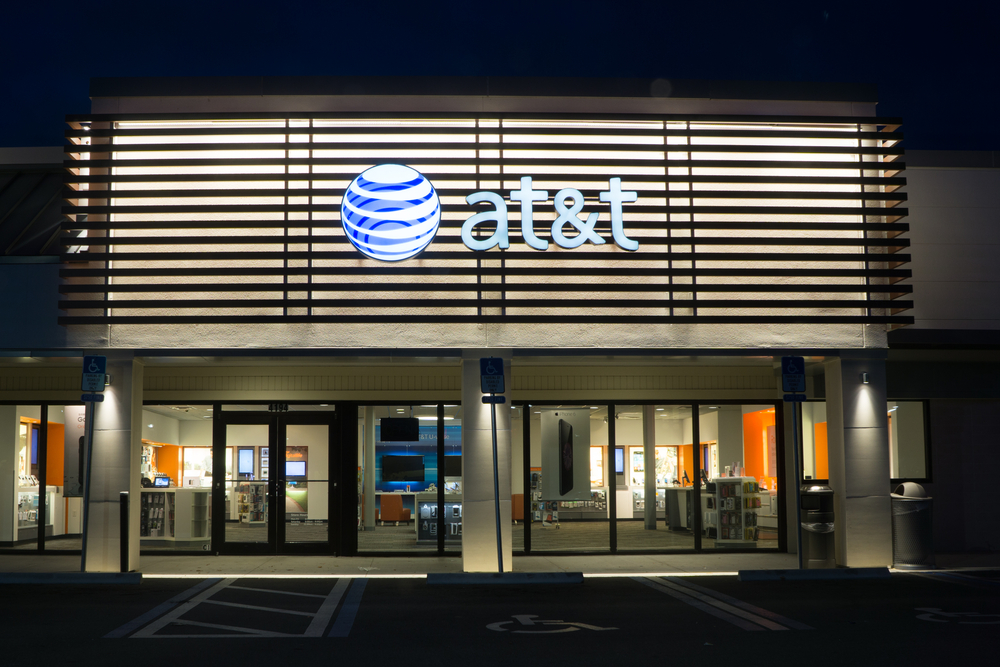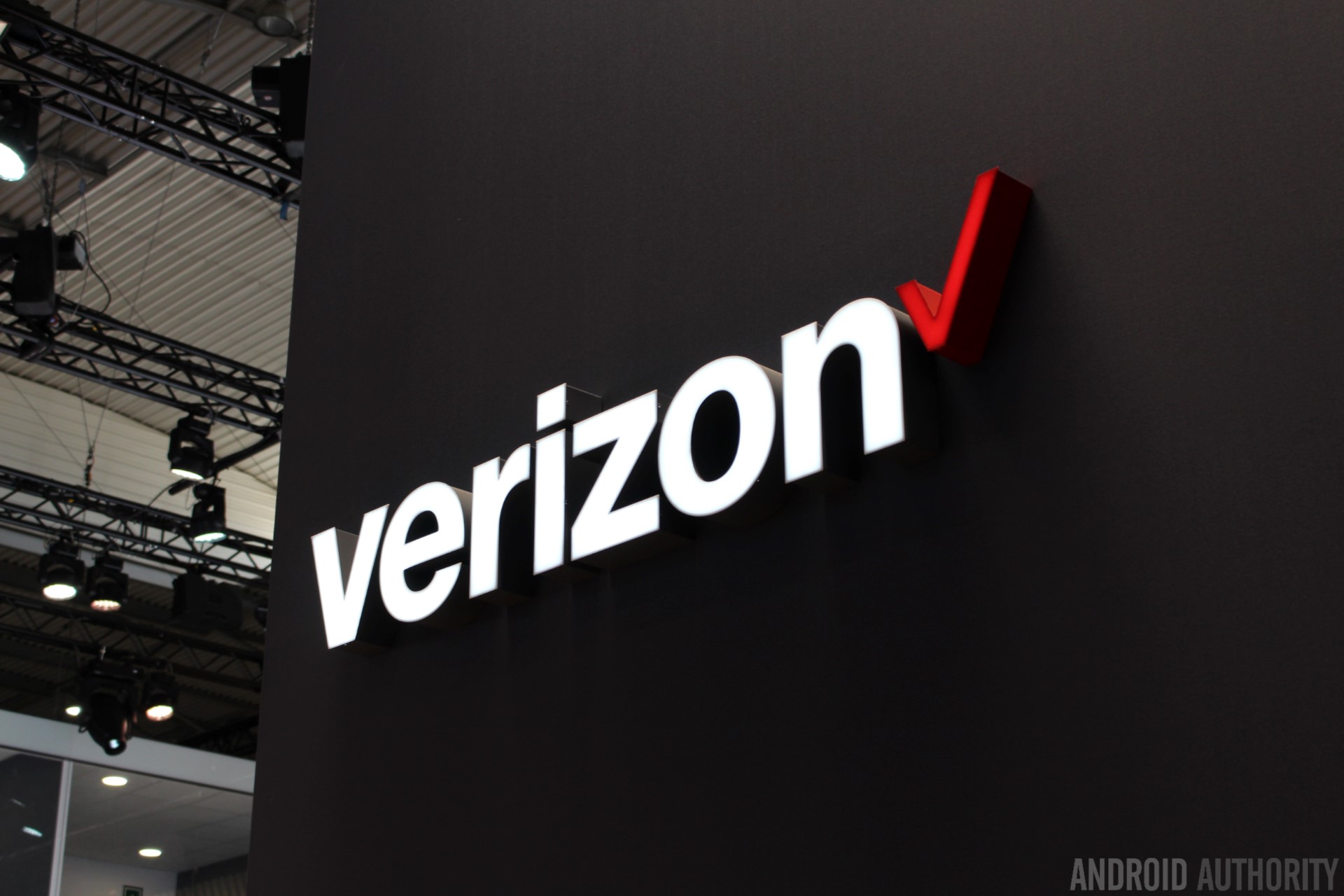LTE not working? Here is what you can do.

Has your LTE connection been letting you down lately? Or stopped working all together? Don’t worry! There are various fixes you can try before blowing up your cell carrier’s customer support line.
The first thing you should know, however, is that 4G and LTE are two different things, despite providers often bundling them together. LTE actually reaches lower maximum speeds than “true 4G” does. So, if you are only seeing the 4G icon instead of 4G LTE in your status bar, that doesn’t indicate a worse connection. Quite the contrary. If you are visiting or just moved a big city, your network might have true 4G capabilities and speeds, so no fix is necessary.
If you are dropping down to 3G or LTE disappears in familiar locations, however, the fault may lie in your phone or your network. Here is what you can do if LTE is not working on your phone.
Turn airplane mode on and off
Sometimes the most obvious fix is the most reliable one. If your mobile data is giving you trouble, one of the first things you should try is turning airplane mode on and off. You can do this simply by dragging down the notification bar and tapping on the airplane icon, or you can do it through Settings.

Paths can differ slightly depending your Android version and phone manufacturer, but you can usually enable Airplane mode by going to Settings > Wireless & networks > Airplane mode. Turn it on for at least a couple of seconds, then disable it. In a lot of cases your LTE connection issues will be gone.
Restart your device
If toggling airplane mode didn’t solve your problem, it’s time for another tried and true step — restarting your device. Simply press and hold the power button of your smartphone and then tap Restart. Wait a couple of seconds and turn it back on. Check your status icon, but also test the speed of your LTE connection by opening some websites or downloading some smaller apps.
Make sure the right network mode is enabled
Depending on your smartphone and carrier, you should have at least three connection types – 2G, 3G, and 4G LTE or just LTE. Usually, your device will try to connect to the fastest option when available, but if you’ve been tinkering with your settings or recently installed an update, that might need to be adjusted manually. Here is how to do it:
- Go to Settings, then tap on Mobile Network.
- Select Network mode. A pop-up list of preferred modes will appear.
- Tap on the auto or LTE option.

Take out and readjust your SIM card
If none of the steps above did the trick, the problem might lie in an ill-positioned SIM card. Eject it and carefully reposition it in its tray. Be careful when inserting it back into your device. Once you’re done, your LTE connection should be back to normal.
Check if you’re using the correct SIM slot
Certain dual-SIM phones only support LTE in one of the two available SIM slots. If you plugged the SIM in the wrong one without realizing, it may prevent LTE from working. Try moving the SIM card to the other slot.
Reset network settings
If you tried all of the above, but nothing changed, it’s time to take a slightly more drastic step. Resetting your network settings. Here is how you can do it:
- Head to Settings, then find either Reset or Backup & reset. Tap on it.
- From the list, tap Network settings reset. Keep in mind that this step will erase all network settings, including saved Wi-Fi networks, paired Bluetooth devices and so on. If you are sure you want to proceed tap Reset Settings.
- You will be asked to enter your PIN if you have one. Do so and confirm resetting your network settings.

Once you’ve done this, wait a couple of minutes — new network settings should be picked up by your phone automatically. If nothing happens, a good old reboot is always an option, but at the end your LTE connection should be back to normal. Factory reset is always an option too, but don’t resort to it if you haven’t tried other steps first.
Contact your cell carrier
If you’ve tried everything else on the list and nothing seemed to fix your problem, it’s time to contact your cell carrier. You can always do so on social media, but sometimes a good old-fashioned call might address your concerns better. Here are the customer support numbers of the major US providers:
- Verizon Wireless: 800-922-0204 (Monday to Friday, 7 AM to 9 PM local time; Saturday – Sunday 8 AM – 9 PM)
- Sprint: 888-211-4727
- AT&T: 800-288-2020
- T-Mobile: 611 from a T-Mobile phone or 1-877-746-0909 from another phone
- U.S. Cellular: 611 from a U.S. Cellular phone or 1-888-944-9400 from another phone
Get your phone checked out for hardware problems
Sometimes a disappearing or inconsistent LTE connection is the fault of hardware. If you’ve recently dropped your device that could have resulted in damage to internal components. Take it to an authorized repair shop to get it checked out. If your device is brand new, on the other hand, but still experiencing consistent connection issues, you might have a faulty unit.
Connection problems can be the result of damaged or faulty hardware.
Contact the smartphone manufacturer or carrier you bought it from immediately. In most cases you will have to send in your device to get it checked out. Make sure you back it up before handing it in. If faulty, in most cases you should get a replacement unit in a reasonable amount of time.
These are our tips and tricks on fixing your LTE connection. Did we manage to help you solve your issue? Let us know in the comments below.
Read next: How to fix the Google Play Store “download pending” error
from Android Authority https://ift.tt/2NTgv30



Post a Comment